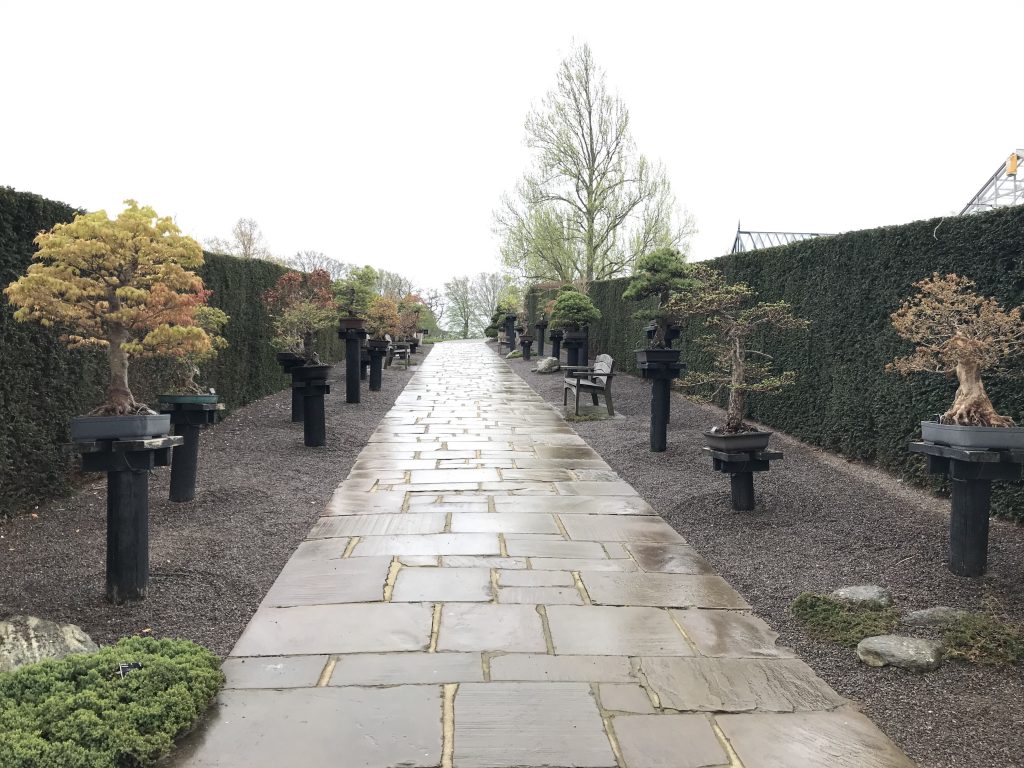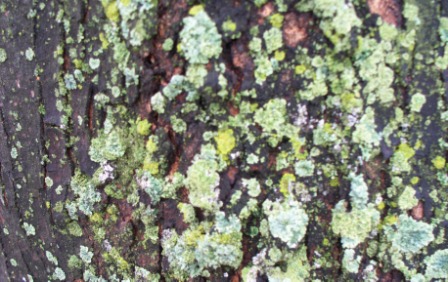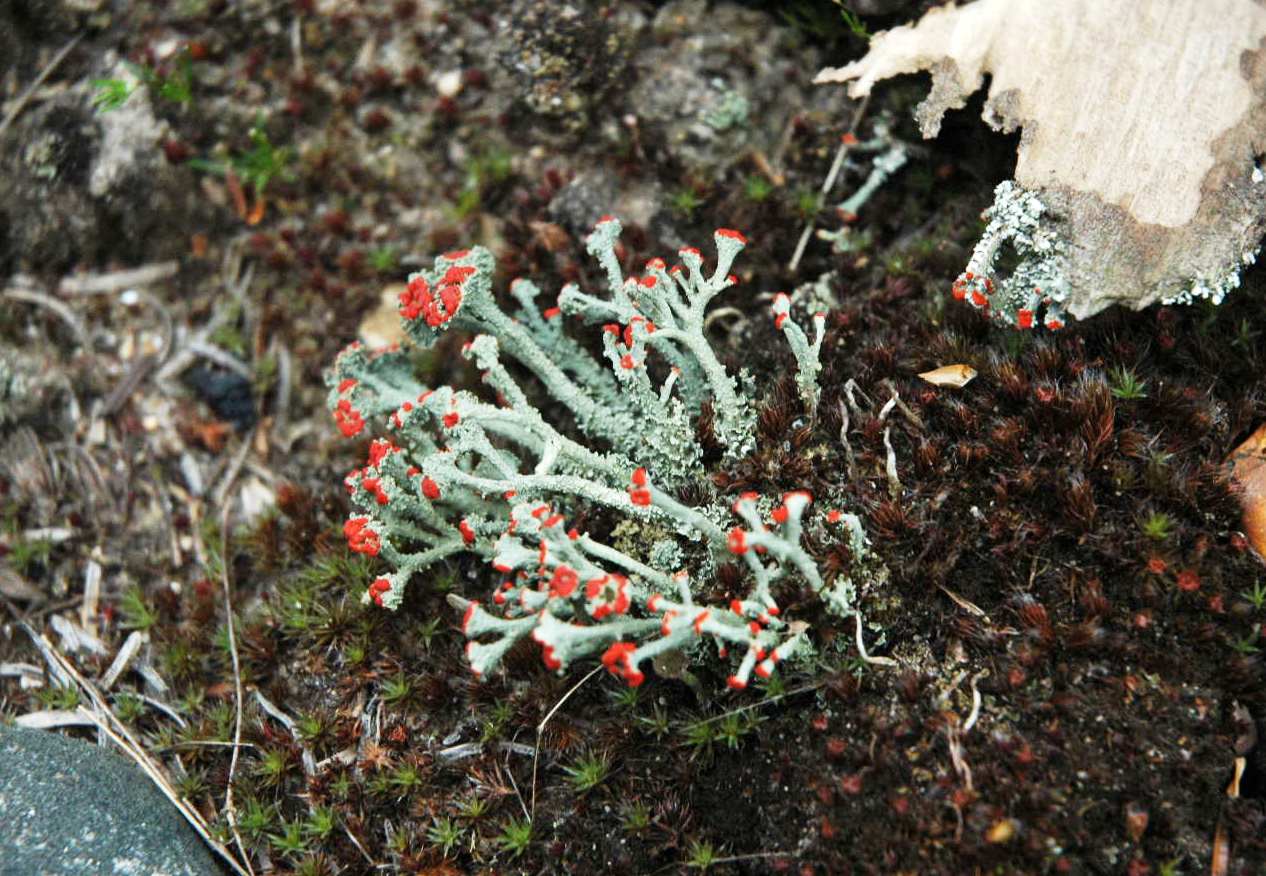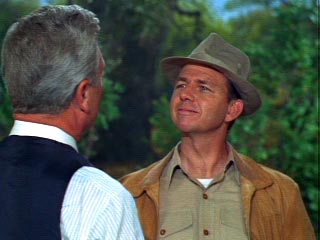 For those of you who are out of the academic loop, Extension is that part of academia tasked with delivering research based information to those who can use it. You’ll hear other definitions, but I think that this basic one is the most useful for the following discussion. Extension, as a general rule, is tightly tied to agricultural sciences though it may include everything from child care to math or even computer science.
For those of you who are out of the academic loop, Extension is that part of academia tasked with delivering research based information to those who can use it. You’ll hear other definitions, but I think that this basic one is the most useful for the following discussion. Extension, as a general rule, is tightly tied to agricultural sciences though it may include everything from child care to math or even computer science.
For fifteen years I was a part of Extension at the University level. During that time (1998-2013) my formal Extension title was Nursery Management Specialist and my job was to deliver information to the nursery industry. I was OK at this job, but discovered that my real passion was delivering horticultural information to the public. In 2008 my job was formally changed. I retained the title Nursery Management Specialist, but my duties expanded to include delivering information to the public. Besides my extension title, I also had an academic rank which was, from 1998-2004, Assistant Professor, and which became Associate Professor after I achieved tenure in 2004. For personnel in the applied sciences it is typical to have a percentage associated with their Extension appointment which indicates (roughly) how much of their effort should be put into extension. My Extension appointment was 60% throughout my University career.
I’m giving the above information so that anyone reading this will have a sense of what my experience with Extension is and the perspective from which I speak. I welcome disagreement, I know that my views aren’t the only ones out there. That said, here are the points that I want to make:
1. I believe that Extension is important.
2. I believe that Extension is dying.
3. I believe that Extension cannot be saved unless personnel in administrative roles make some fundamental changes to the way things are currently done.
Let’s start with #1. Extension is important because it provides a link between us and the people who do research that impacts us. Simple as that. Though I have known of exceptions, Extension personnel are usually non-biased individuals who deliver research based information to whoever they can. If you aren’t getting your information from someone in Extension then you’re probably getting it from someone who stands to profit from whatever information they provide. This alone makes Extension important.
#2. Extension is suffering a slow and agonizing death. Certainly there are some people out there who choose to ignore what’s going on, or to see it through rose colored glasses, but that doesn’t change what’s happening. I’ve had numerous people show me particular things that Extension has done which are wonderful, but these things are exceptions and not rules. There are a number of reasons why Extension is failing, many of them are economic, but I think the problem sits much deeper than that and that even a major influx of money would fail to turn things around unless Extension administration changes their tune.
There are actually two types of Extension work. The first is commercial, and the second is consumer. Commercial Extension has a strong presence. Extension personnel who work with farmers who grow crops like soy, corn, cattle, etc. have a long history of working with the industry and that relationship is strong and promises to stay strong, though industry reps from pesticide and fertilizer companies are making great headway in reducing the dependence that farmers have on Extension personnel. In horticultural crops (nursery, greenhouse, etc.) I see essentially the same thing. Extension personnel are respected, but day to day information needs, such as how to control a particular pest, come from pesticide and fertilizer companies who put a lot of time and effort into building relationships with their customers. Once upon a time much of the information that pesticide and fertilizer companies doled out did come indirectly from Extension, but nowadays most of these companies have their own experts (Who may have been trained by Extension people). Though I see an eroding dependence on Extension in the world of commercial extension, the place where I have a much greater concern is consumer Extension. Extension personnel who work in consumer Extension deal with the public. Over the years consumer Extension has come to mean Master Gardeners and 4H. Both of these are fine institutions, but if you think that Extension is providing research based information to everyone who needs it by educating these two groups then you’re sadly mistaken. They are competing poorly with companies like Scott’s or businesses like Home Depot. And when the consumer thinks of a horticulture guru they’re more likely to think of Paul Tukey or P. Allen Smith than their extension agent or specialist. The long and short of it is that Extension has better information than any other source, but they’re not very good at disseminating it.
I see two fundamental problems with extension. The first is that extension has failed to keep up with current communication trends. Right now you are reading a blog with some information on it. There’s a garden professors facebook page too. But when the average individual is looking for information on how to care for plants where do they go? That’s right, a search engine – probably google. And when you type in a query about something like “when to seed your lawn”, or “how to fertilize”, what pops up? Mostly information from Lowes or Scott’s or Home Depot, or youtube, or Popular Mechanics or This Old House. Extension articles may or may not be present in searches. When they are I select them, but how many consumers are this discriminating? Sure, it’s possible that Extension originally provided the information that other companies are now spreading around, but you’d never know it by reading the articles. In fact, some of the recommendations are so terrible that I can’t imagine them coming from Extension. Over the last few years something called eXtension has popped up that supposedly provides extension with an online presence. I know that some people are using it. Indeed, this blog is currently housed in eXtension. Seen eXtension pop up in your google searches much? The problem of largely missing trends in information dissemination dovetails nicely with the next problem, that of reward for accomplishment.
The second fundamental problem that I see with Extension is that the experts who we rely on to gather and distribute research based information aren’t given credit for what they do. By experts I mean the University Faculty who are supposed to gather content and distribute it. This problem has many facets, perhaps the most important of which is that University faculty are judged primarily on two things: the number of papers they write and the grants they bring in. I can’t say that the other stuff, like teaching and presentations, are ignored, but they certainly don’t hold the same weight as papers and money. When new faculty are brought in they quickly learn that they need to write papers and bring in money to achieve tenure. So here’s the issue, to get tenure (and keep my job) I need to write papers and get money, but to accomplish my job I need to communicate with people – so should I spend my time and creative energy trying to develop new ways to communicate with people and avenues for disseminating information, or on producing papers and getting money when I know I can just do a few Master Gardener talks giving me enough credit for doing Extension work that nobody will complain. The answer is obvious, and demonstrates another problem with the system, new faculty hires who have Extension appointments are brought on for their ability to write papers and get grants rather than their ability to communicate. For Extension Faculty the number of people reached with useful information and the novel techniques used to disseminate this information are largely ignored. I suppose that if you published a paper about disseminating information you’d get credit, but come on, if I’m stopping to publish a paper about it – it takes a heck of a long time to write a paper – then I’m going to lose any momentum I have over my competition who doesn’t have to publish a paper – like a pesticide or fertilizer company. For most of the world the proof is in the pudding. In academia the proof is in the paper. This is a problem when you’re competing with for-profit companies.
#3. In my opinion Extension can only be saved if academic administrators value Extension work at a level that is at least close to how they value research. Extension people who are competing with for-profit companies to deliver information are hamstrung from the get go not only because they don’t have the financial resources that for-profit companies do, but also because they don’t receive tangible appreciation for their work (such as raises, tenure, and promotion). An “attaboy!” just doesn’t cut it. As anyone in the business world knows, to accomplish a goal you hire good, qualified people and reward them for their successes. If Extension is to succeed that’s really all that needs to be done.
So, you may disagree with me on some of my points above. Good! Let me know about it. I’d be very pleased to have my mind changed.













